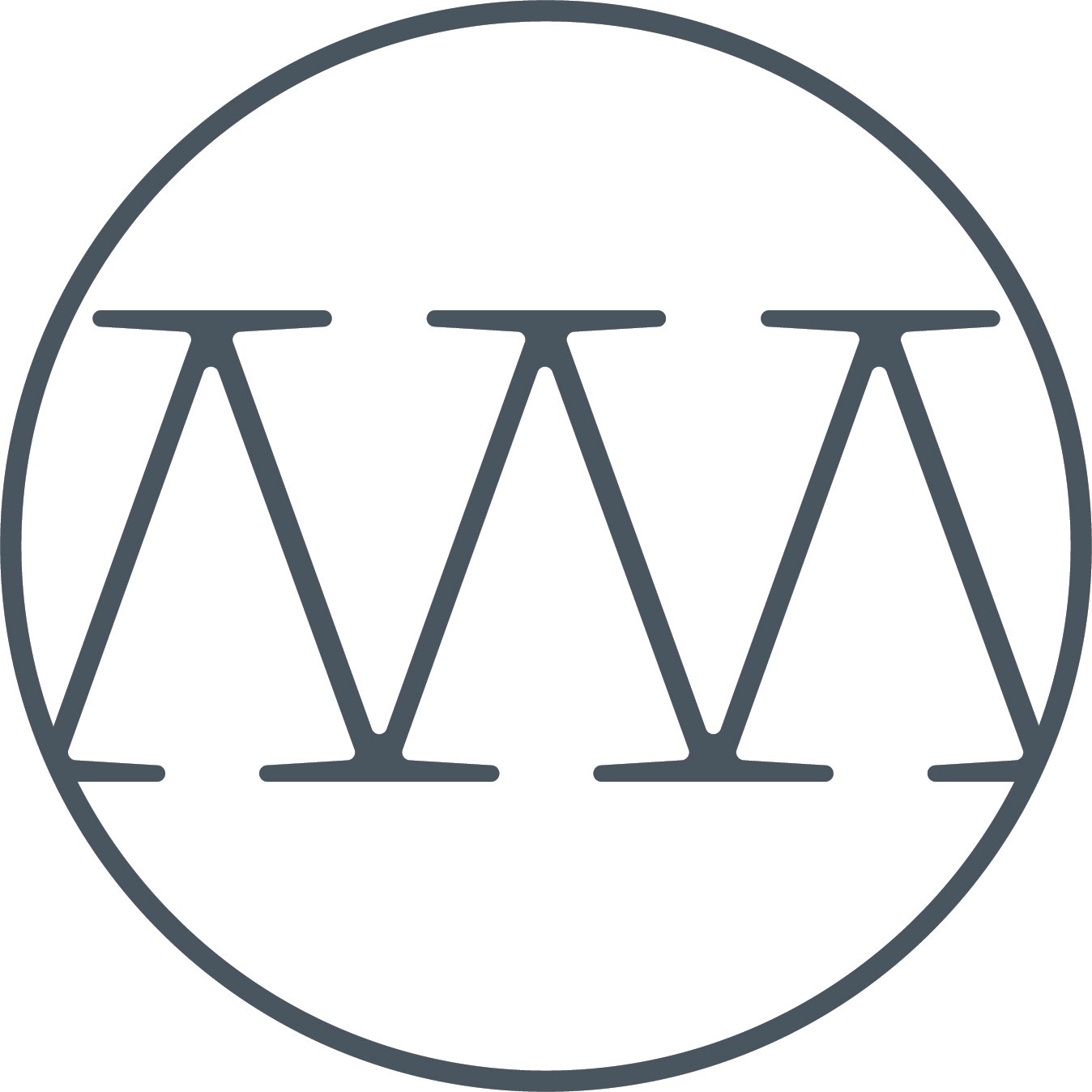9 Common Mistakes New Product Designers Make (And How to Avoid Them)
There's nothing quite like that lightbulb moment when a brilliant product idea pops into your head. It could solve a problem you've experienced, or be something you've never seen on store shelves but wish existed. Whatever the inspiration, turning an idea into a real product is thrilling. But between sketching it out and seeing it on shelves, a maze of design decisions can either set you up for success or slow you down.
To help new designers start their product development journey on the right foot, I'm sharing nine common mistakes I see new product designers make so you can avoid the same traps.
Mistake #1: Not Creating a Concept Drawing
Skipping the concept board and iterating on sewn samples instead might seem like you're saving time, but it often leads to miscommunication and costly revisions later. Communicating your idea through a sketch and concept board first lets you visualize proportions, features, and construction before investing in a sewn prototypes.
Mistake #2: Asking a Manufacturer to Create Your Pattern
Many new designers assume manufacturers can handle pattern making, which they can; however, it’s more of an internal tool so it will lack a lot of information and they may not share it with you. When working with a manufacturer, it is important to note that they produce items based on finalized designs—they're not there to develop it for you. That's why it's best to work with a professional pattern maker for this step. You’ll not only have the rights to your pattern, but it will be fully labeled and easy for any Sewist to understand.
Mistake #3: Not Testing a Prototype Before Production
Jumping ahead to production without thoroughly testing your prototype is a costly gamble and a risk most new designers can't afford to make. First, you need to create a prototype that you can wear, wash, and test. Then, you can refine that one design with sample duplicates to experiment with additional sizes, colorways, and fabrics before moving forward. Testing a prototype and sample duplicates before finalizing your design for manufacture will increase your confidence and catch errors, saving you time and money.
Mistake #4: Skipping the Sample Batch and Jumping into Manufacturing
Think of sample batches as your trial run of around 100 pieces—maybe even less. It’s more expensive per piece, but skipping this stage means you miss the chance to capture real user feedback before investing in larger quantities.
Sample batches allow you to adjust sizing, colors, and material choices before mass production. In the worst-case scenario, if your customers find a flaw in your sample batch, you're only out a handful of products. If you jumped into mass production, you're on the hook for a high volume of inventory you can't sell.
Mistake #5: Not Investing in a Tech Pack
A tech pack is your product's instruction manual, or recipe. It outlines materials, measurements, construction details, and more. Without it, manufacturers are left guessing on how to create your product. They’ll decide for you and without asking. This can lead to added costs for corrections, or even starting over.
Mistake #6: Not Learning About the Manufacturing Process
Understanding how your product is made helps you make better design choices and manage production timelines. Take the time to learn the basics, such as how to source fabrics and the types of manufacturers; this way, you're more prepared for the road ahead.
Mistake #7: Not Trusting the Experts and Their Advice
It's natural to feel attached to your idea, but staying open to expert guidance can save you time, money, and headaches. Professionals can spot challenges before they become problems and offer suggestions that make your design more viable.
Mistake #8: Not Having a Realistic Budget
Many new designers underestimate the cost of development, sampling, and production. From tech packs to fabric minimums to shipping, the expenses in product development add up. It is crucial for all new designers to plan their process and build in a buffer. It's also helpful to know that you can work through the development process at your own pace to make expenses more manageable.
Mistake #9: Not Having Realistic Timelines
If you expect to go from idea to launch in a month, think again. Development, sourcing, and revisions take time, sometimes more than you expect. Give yourself space to do it right, and don't rush through or skip the important steps.
Product Consulting for New Product Designers
At Made Apparel Services, we specialize in helping designers take their product from concept to manufacture for everything sewn. Our mission is to give your brand a strong foundation through a proven, streamlined product development process.
We collaborate closely with clients to develop initial concept drawings, refine them into patterns, and create functional prototypes. From there, we can produce sample batches for market testing and user feedback. To prepare your product for scalable manufacturing, we finalize everything with a detailed, production-ready tech pack that keeps your vision consistent from first stitch to full production.
Ready to bring your idea to life the right way? Book a Free Consultation today and get expert support every step of the way!






